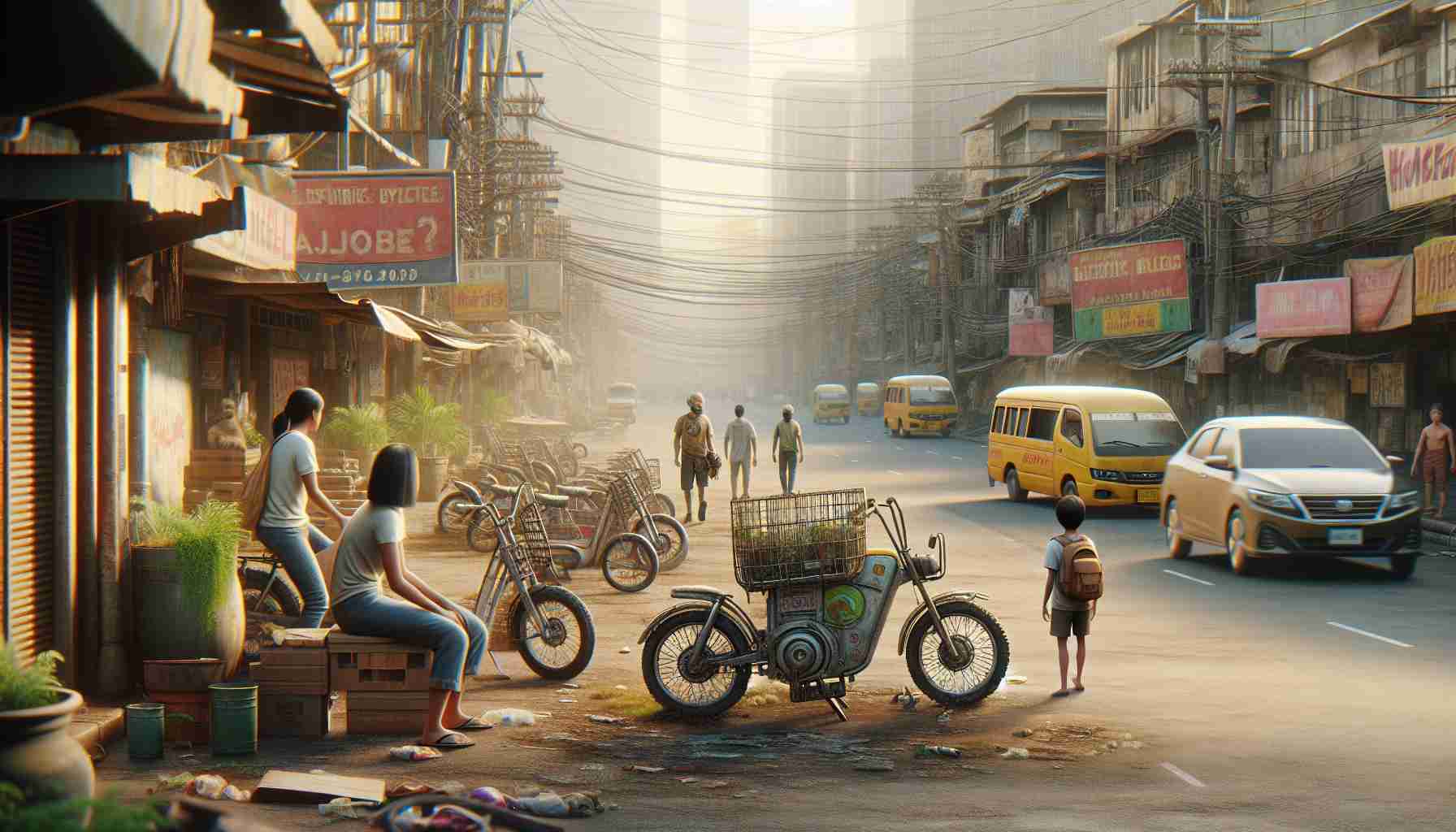The Metropolitan Manila Development Authority (MMDA) recently issued a reminder to the public about the ban on e-bikes, e-trikes, and similar vehicles on major roads in Metro Manila, effective from April 15. This move has been met with mixed reactions from both commuters and stakeholders in the electric vehicle industry.
While the MMDA aims to alleviate congestion and improve road safety by implementing this ban, it has raised concerns about the impact on commuters who heavily rely on e-bikes and e-trikes for their daily transportation needs. The shift to traditional modes of transportation, such as motorcycles or public utility vehicles, may result in longer travel times and increased air pollution.
Although the MMDA Chairman, Romando Artes, emphasized that violators would face steep fines, the absence of specific alternative routes for e-bikes and e-trikes raises questions about the feasibility and effectiveness of the ban. It is crucial for the MMDA to consider implementing bike lanes and designated routes exclusively for these electric vehicles to ensure a smooth transition.
The memorandum circular issued by the MMDA outlines a list of major roads where the ban is currently in effect, including Claro M. Recto Avenue, President Quirino Avenue, and Epifanio Delos Santos Avenue, among others. However, the circular also mentions that additional roads and thoroughfares may be determined by the MMDA, leaving room for further expansion of the ban in the future.
This ban will not only affect individuals who rely on e-bikes and e-trikes for daily transportation but also local businesses that provide rental services for these vehicles. With the ban in place, these businesses may face significant losses and may need to explore alternative business models or diversify their offerings.
As Metro Manila continues to grow and face increasing traffic congestion, it is essential for the authorities to strike a balance between reducing congestion and providing sustainable transportation options. The ban on e-bikes and e-trikes should be accompanied by the development of infrastructure and policies that support the adoption of electric vehicles, such as charging stations and incentives for vehicle owners.
In conclusion, while the ban on e-bikes and e-trikes in Metro Manila aims to address traffic congestion and promote road safety, its implementation and long-term impact should be carefully considered. It is essential for the MMDA to actively work towards developing sustainable transportation solutions that accommodate the growing needs of commuters and the environment.
The ban on e-bikes, e-trikes, and similar vehicles in Metro Manila has sparked mixed reactions from both commuters and stakeholders in the electric vehicle industry. This move by the Metropolitan Manila Development Authority (MMDA) aims to alleviate congestion and improve road safety, but it has raised concerns about the impact on commuters who heavily rely on e-bikes and e-trikes for their daily transportation needs.
The shift to traditional modes of transportation, such as motorcycles or public utility vehicles, may result in longer travel times and increased air pollution. This ban could potentially disrupt the daily routines of many individuals who rely on e-bikes and e-trikes for their livelihoods.
Although the MMDA Chairman, Romando Artes, emphasized that violators would face steep fines, the absence of specific alternative routes for e-bikes and e-trikes raises questions about the feasibility and effectiveness of the ban. To ensure a smooth transition, it is crucial for the MMDA to consider implementing bike lanes and designated routes exclusively for these electric vehicles.
The memorandum circular issued by the MMDA provides a list of major roads where the ban is currently in effect. However, it also mentions that additional roads and thoroughfares may be included in the ban in the future. This suggests that the ban could potentially expand to more areas, affecting a larger number of commuters and businesses.
The ban not only impacts individuals who rely on e-bikes and e-trikes for daily transportation but also local businesses that provide rental services for these vehicles. With the ban in place, these businesses may face significant losses and may need to explore alternative business models or diversify their offerings to adapt to the new regulations.
As Metro Manila continues to face increasing traffic congestion, authorities need to strike a balance between reducing congestion and providing sustainable transportation options. Apart from the ban on e-bikes and e-trikes, it is essential for the MMDA to focus on developing infrastructure and policies that support the adoption of electric vehicles. This could include the establishment of charging stations and incentives for vehicle owners to encourage the transition to more environmentally friendly modes of transport.
In conclusion, while the ban on e-bikes and e-trikes in Metro Manila aims to address traffic congestion and promote road safety, its implementation and long-term impact should be carefully considered. The authorities should actively work towards developing sustainable transportation solutions that accommodate the growing needs of commuters and the environment.







